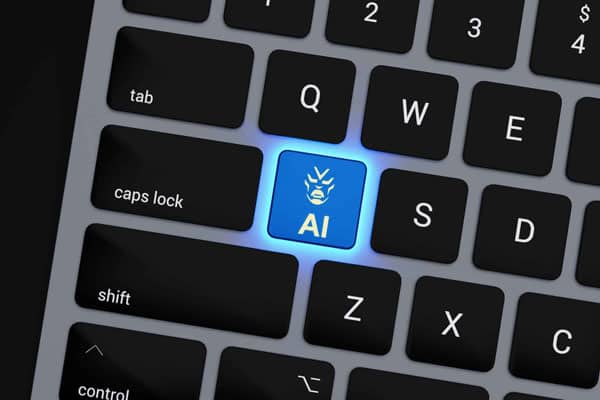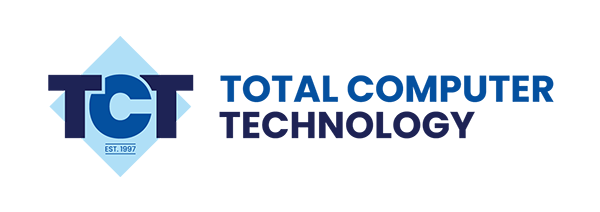
15 Oct Secure AI and Productivity
Most organisations have realised that AI is not a sentient system looking to take over the world, but rather an invaluable tool. They have come to utilise it to improve their productivity and efficiency. AI solutions have been installed at an astounding rate. Some are used to automate repetitive tasks and to provide enriched data analysis on a previously unrealised level. While this can certainly boost productivity, it is also troubling from a data security, privacy, and cyber threat perspective. The crux of this conundrum is how the power of AI can be harnessed to remain competitive while eliminating cybersecurity risks.
The Rise of AI
AI is now accessible to all businesses, not just large enterprises. Affordable cloud systems and machine learning tools are helping small and medium-sized businesses improve efficiency in areas like:
- Scheduling
- Customer service
- Sales forecasting
- Document handling
- Invoicing
- Data analysis
- Cybersecurity
While AI boosts productivity and reduces errors, it also introduces risks.
AI Adoption Risks
- Cybersecurity: More AI tools mean more potential entry points for attackers.
- Data Leakage: Sensitive data shared with third-party AI may be stored or misused.
- Shadow AI: Unapproved tools used by staff can cause compliance issues.
- Automation Bias: Blind trust in AI-generated content can lead to poor decisions.
Organisations must balance AI benefits with careful risk management.
Secure AI and Productivity
The steps necessary to secure potential security risks when utilising AI tools are relatively straightforward.
Establish an AI Usage Policy
Before implementing AI tools, organisations should define clear usage policies. This includes specifying which AI tools and vendors are approved, outlining acceptable use cases, identifying prohibited data types, and setting rules for data retention. It’s also important to educate employees on secure AI practices to reduce risks.
Choose Secure AI Platforms
To protect sensitive data, companies should choose enterprise-grade AI platforms that meet compliance standards such as GDPR, HIPAA, or SOC 2. These platforms should offer data residency controls, avoid using customer data for training, and provide encryption for data both at rest and in transit.
Control and Monitor Access
Implementing role-based access controls (RBAC) helps restrict AI access to only the necessary data. Monitoring AI usage is also essential—organisations should track which users are accessing which tools, what data is being processed, and set up alerts for unusual or risky behavior.
Use AI for Cybersecurity
Despite concerns, AI is a powerful tool for cybersecurity. It can detect threats, prevent phishing attacks, protect endpoints, and automate responses. Solutions like SentinelOne, Microsoft Defender for Endpoint, and CrowdStrike use AI to provide real-time threat detection.
Train Employees
Human error remains the biggest cybersecurity risk. Employees must be trained to use AI tools responsibly. Training should cover the risks of sharing company data with AI, how to spot AI-generated phishing attempts, and how to recognise AI-generated content.
AI tools can transform any organisation’s technical landscape, expanding what’s possible. But productivity without proper protection is a risk you can’t afford. Contact us today for guidance, practical toolkits, and resources to help you harness AI safely and effectively.
Robert Brown
15/10/2025
Related Articles:
Security Tips for Mobile Application Users
Stable Connection Is Essential for Your Business



